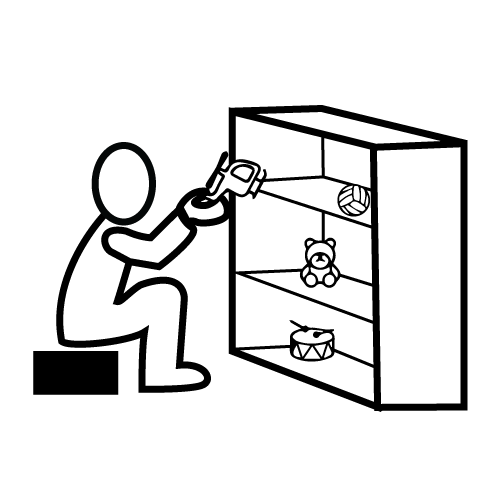
Benefits of using visual routines in your setting
Visual timetables are an easy tool to use with all children, however, they can work extremely well with children with SEND, but many practitioners find using them with all children works just as well. Introducing visual timetables can be as simple as taking photos of your routine and the resources you have and construct a visual timetable using these photos. There is, however, software available to use to create symbols; these symbols are often used in both childcare settings and schools, therefore using a consistent approach can be more beneficial for children when moving onto school.
Five reasons why using a visual timetable can benefit children;
- Visual prompt – Using a visual cue with children can help them see what has just happened and what is coming next. Showing them that they have just finished a task and are about to start another can be a simple way for children to understand the routine. Having a routine is imperative for children and adults, all children strive on routine as they relish on knowing what is happening next. Children with SEND need a routine that is followed by all as this can help in many ways.
- Helping children overcome difficulties- Using a visual timetable can often help children overcome difficulties with joining in activities. For example showing children the cue cards of an activity they find more difficult and then a cue card of an activity they enjoy can often motivate children to attempt the difficult activity first then move onto the enjoyable activity.
- Reduce anxiety – Anxiety can quickly be brought on if children do not know what is happening next, using visual cue can help reduce this. Showing children what they are doing in the morning can reduce the likely hood of children becoming anxious.
- Structure – Visual timetables create a structure which is important in a childcare setting. Symbols can be placed in the order of the day. It is beneficial to only display the morning session rather than displaying the whole day as this can be too overwhelming for children. By displaying your visual timetable children can see what is happening next and understand the routine and structure of the morning/afternoon.
- Help with the transition – Using a visual timetable can help children with transitions; some children may use a visual timetable to help them understand their new routine, e.g. when moving onto to school.
Speech and language therapists will also suggest using a visual timetable with children who have language difficulties as visual cues can give children further time to break down what they are thinking as they can focus on the picture rather than the image being removed.
As you can see using visual timetables can benefit children in many ways. Do you use a visual timetable in your setting, if so how effective is it?
